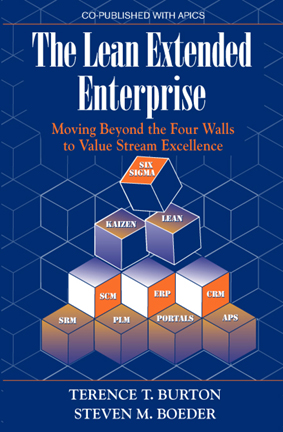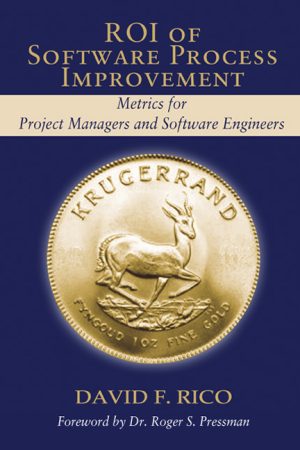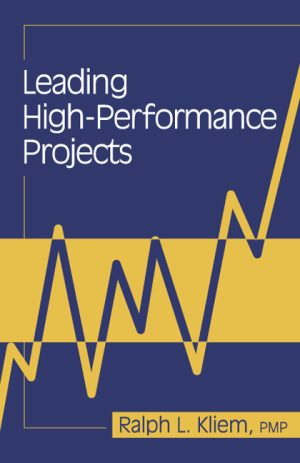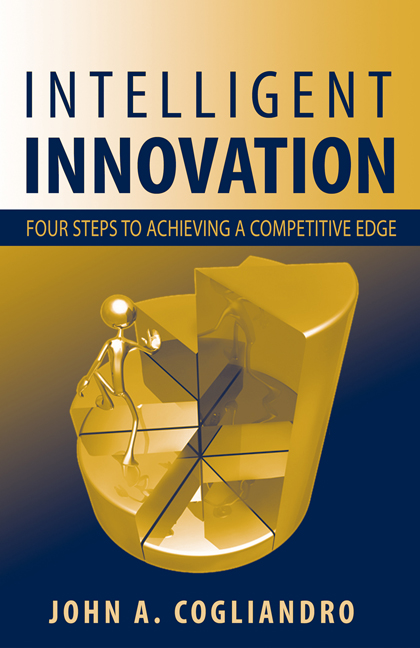Intelligent Innovation
$44.95
Four Steps to Achieving a Competitive Edge
By John A. Cogliandro
Hardcover, 6×9, 232 pages
ISBN: 1-932159-61-4
January 2007
Description
Innovation is the key to success in any economy. Even non-profits and government agencies are discovering the importance of unique, innovative, customer-oriented value-added services. Intelligent Innovation explains the importance and application of innovation throughout the lifecycle of any product or service, from development to delivery. Using a practical, easy-to-remember four-step process, this book includes several tools and methods to achieve increased performance within the entire organization — from work satisfaction to stock price and profitability.
Intelligent Innovation is derived from an exhaustive, worldwide study of blockbuster products and business models. The study provided data on what factors led to the success or failure of new products. This book explains three counter-intuitive common success factors that the most profitable products had over the past 50 years. It also presents current strategies and tools to make efficient and integrated decisions, manage finite resources, turn limitations into opportunities, evaluate risk, and create an innovative environment. This work is a must read for those in strategic planning, R&D, product development, value engineering, product management and marketing, project management and finance.
Key Features
- Includes more than 50 real-life examples from businesses that have made innovation the key to their growth and clearly spells out the counterintuitive aspects they had in common
- Presents a new product development road map for identifying and outlining the steps needed to successfully launch a new product
- Explains the importance and application of innovation throughout the lifecycle of any product or service, from development to delivery
- Illustrates, in an easy-to-understand format, the advanced tools major US and European technology firms use to manage large portfolios of products and services
- WAV offers several additional tools including an outline of front-end business methods, a method for defining core competencies, a strawman for business development integration, and a Microsoft Excel based intelligent innovation self-evaluation graphing tool — available from the Web Added Value™ Download Resource Center
About the author(s)
John Cogliandro is an expert in leading-edge technology and complex system development, including aircraft, spacecraft, autos, ships and consumer goods. His specialty is innovation in the early conceptual development phase of any effort. John is currently a member of the Mission Innovation corporate strategy group at Raytheon and former Senior Principal Engineer lead for Critical Design coordination for the Future Combat Destroyer Program for the US Navy. He was also the former Program Manager for the F-18 and Airborn laser guidance systems and the SE lead for the Future Aircraft Carrier Program. In addition, he is a part-time professor of new product development, strategic planning and risk management at the graduate level. This leading expert is an internationally recognized speaker, consultant, teacher, and published author who has presented at dozens of venues around the world.
Table of Contents
Chapter 1 — Innovation: The Key to Success
Chapter 2 — Turbines of Success
Chapter 3 — Engine Controls
Chapter 4 — Intellectual Property
Chapter 5 — Process Integration
Chapter 6 — How to Manage Finite Resources
Chapter 7 — Rocks and Jars
Chapter 8 — The Strategic Balancing Method
Chapter 9 — The Quality Food Incorporated Case Study
Chapter 10 — Process Innovation
Chapter 11 — Where Project Plans Meet Innovation
Chapter 12 — Opportunity Exploits: Turning Limitations into End Arounds
Chapter 13 — Parallel Processing
Chapter 14 — Solving the Risk vs. Innovation Dilemma
Chapter 15 — Why Bother? Stocking up on Innovation
Chapter 16 — Innovation in Culture and Attitude
Case Study — Solving the Risk vs. Intelligent Dilemma Using the 3D Risk Method
Index
Related products
-

Aircraft Finance
Retail Price: $99.95$89.95 Add to cart -

Achieving Project Management Success Using Virtual Teams
Retail Price: $49.95$39.95 Add to cart -

The Lean Extended Enterprise
Retail Price: $59.95$49.95 Add to cart -

ROI of Software Process Improvement
Retail Price: $59.95$49.95 Add to cart -

Leading High-Performance Projects
Retail Price: $44.95$39.95 Add to cart

